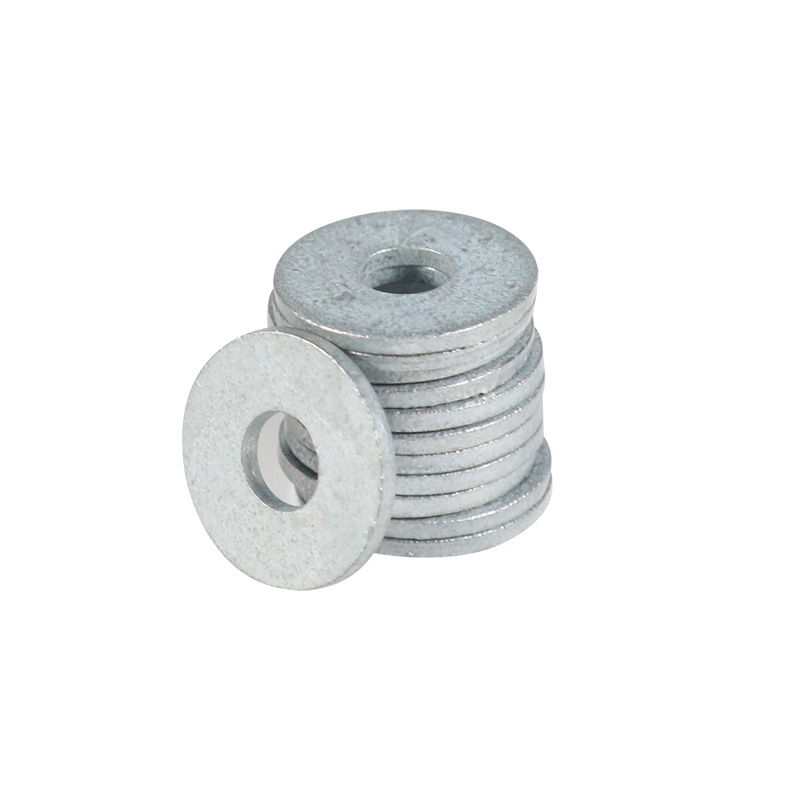

Stud Bolt 3 8 Specifications and Applications for Industrial Use
Nov . 10, 2024 14:25 Back to list
Stud Bolt 3 8 Specifications and Applications for Industrial Use
Understanding Stud Bolts A Comprehensive Overview
Stud bolts are essential components in various industries, particularly in the fields of construction, manufacturing, and heavy engineering. These fasteners play a crucial role in ensuring the structural integrity and reliability of various applications. This article explores the characteristics, applications, and benefits of stud bolts, particularly focusing on the specifications of a standard stud bolt size, 3/8 inch.
What are Stud Bolts?
Stud bolts are long, cylindrical fasteners without a head at one end, with threads usually running along their entire length. They are designed to be inserted into a pre-drilled hole, allowing for a nut to be fastened at both ends. This functionality provides a strong and secure connection between two or more components, making stud bolts a preferred choice in numerous applications.
Size and Specifications 3/8 Inch Stud Bolts
The designation 3/8 inch refers to the diameter of the stud bolt. In standard measurements, this size signifies that the bolt has a 0.375-inch diameter. The length of the stud can vary but is often customized to fit specific needs. The threads on a 3/8-inch stud bolt are typically either UNC (Unified National Coarse) or UNF (Unified National Fine), which denotes the type of threading used. These specifications are critical as they determine the compatibility of the stud bolt with other components in the assembly.
Materials and Coatings
Stud bolts can be manufactured from various materials, including carbon steel, stainless steel, and alloy steel. Each material comes with its unique properties, making it suitable for a specific environment. For instance, stainless steel stud bolts are preferred in corrosive environments because they offer exceptional resistance to rust and oxidation. Additionally, stud bolts can be treated with various coatings, such as zinc plating, to enhance their durability and resistance to environmental factors.
Applications of Stud Bolts
Stud bolts are utilized in a broad range of applications, including
stud bolt 3 8

1. Industrial Equipment They are frequently used in pumps, compressors, and turbines, where secure fastening is paramount. 2. Construction In construction, stud bolts are critical for anchoring structural components, securing beams, and connecting heavy machinery.
3. Marine Applications Stud bolts are often employed in shipbuilding and offshore platforms due to their strength and resistance to harsh environments.
4. Automotive Engineering Their use in engine assembly and other automotive components is widespread, where high tensile strength is required.
Advantages of Using Stud Bolts
Opting for stud bolts offers several advantages
- High Strength The design and materials used in stud bolts allow them to withstand high stress and load, making them ideal for heavy-duty applications. - Ease of Installation Stud bolts can be easily installed or removed, allowing for quick maintenance or replacement of parts.
- Versatility With various sizes and specifications available, stud bolts can be tailored to meet the needs of diverse applications across multiple industries.
- Cost-Effective Stud bolts are often more economical compared to traditional bolts and nuts, especially when dealing with high-volume applications.
Conclusion
In summary, stud bolts, particularly those measuring 3/8 inches in diameter, are indispensable components across a range of industries. Their strength, versatility, and ease of use make them a preferred choice for securing various mechanical and structural elements. Understanding the specifications and benefits of stud bolts can help engineers, manufacturers, and construction professionals make informed decisions when selecting fasteners for their projects. By ensuring the right stud bolts are used, overall system reliability and performance can be significantly enhanced, leading to successful outcomes in their respective applications.
Latest news
-
High-Strength Hot-Dip Galvanized Bolts-Hebei Longze|Corrosion Resistance&High Strength
NewsJul.30,2025
-
Hot Dip Galvanized Bolts-Hebei Longze|Corrosion Resistance&High Strength
NewsJul.30,2025
-
Hot Dip Galvanized Bolts - Hebei Longze | Corrosion Resistance, High Strength
NewsJul.30,2025
-
High-Strength Hot Dip Galvanized Bolts-Hebei Longze|Corrosion Resistance, Grade 8.8
NewsJul.30,2025
-
Hot Dip Galvanized Bolts-Hebei Longze|Corrosion Resistance,High Strength
NewsJul.29,2025
-
High-Strength Hot Dip Galvanized Bolts - Hebei Longze Metal Products Manufacturing Co., Ltd.|corrosion resistance&high strength
NewsJul.29,2025

